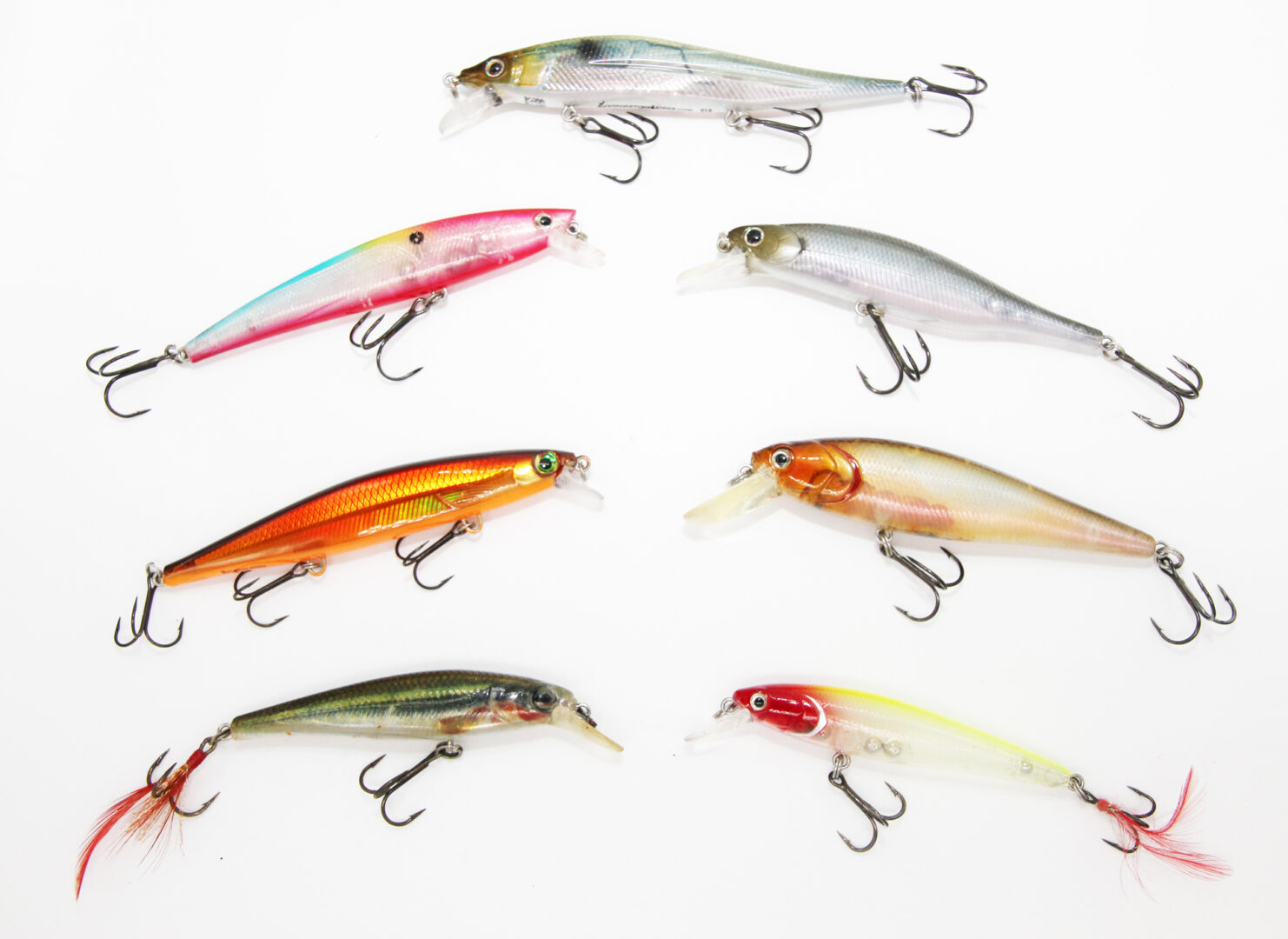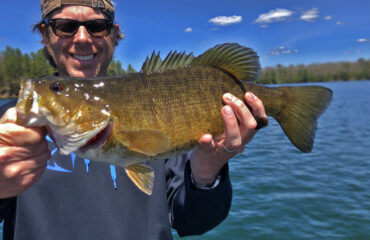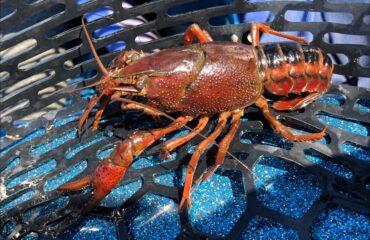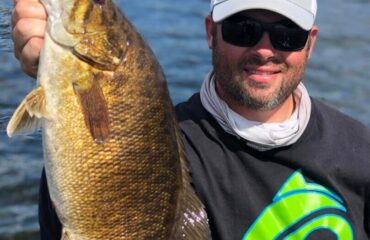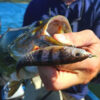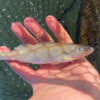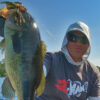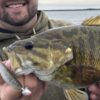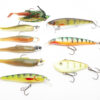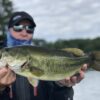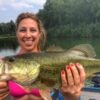Suspending Jerkbaits for Pre-Spawn Smallmouths
Early spring beckons jerkbaits from tackle trays on lakes all over the country. Smallmouth bass find suspending jerkbaits difficult to resist as they stage to spawn.
In May and June when smallmouth bass are staging for the spawn, I consider a suspending jerkbait the ultimate lure. It’s the first thing I turn to before anything else. Smallmouths aren’t on top and they aren’t on the bottom, but rather somewhere in between. They want to eat as they prepare for the spawn, but the water is still pretty cold so they aren’t very active. A suspending jerkbait triggers them to bite.
As the water warms, smallmouth will gravitate closer toward the shallows, becoming even more aggressive and catchable. In these “in-between” zones encompassing 5 to 15 foot depths, fish identify with their staging sites and reposition themselves frequently. To best catch them, suspending jerkbaits will be the answer.
Fish them slow and methodically to coax lethargic bites. Work too fast, and smallmouths will lazily drift back down towards the bottom.
I typically work jerkbaits with sharp tugs, and match the retrieve and cadence to the body language and reaction of fish. The aggressiveness of each jerk and the length of the pause between them varies largely by water temperature and by the stage of any front pushing through. Cool water temperatures and post-frontal conditions call for a very slow approach while actively feeding smallmouths demand aggressive techniques.
At peak feeding hours, fish will congregate in staging areas outside of known spawning sites, and ambush structure-oriented and pelagic baitfish species in relatively shallow water on main-lake structures such as rock bars, points, and drop-offs.
Smallmouth bass that are situated in shallow and mid-depth ranges like this are known to be most aggressive, and clearly exhibit their competitive nature. These fish tend to ambush and feed in groups of up to half a dozen fish. When hooked, it is a common occurrence to have followers trailing behind, attempting to steal the bait. Structure oriented smallmouths are the fish I prefer targeting most often. When they’re aggressively feeding and showing interest it’s a guaranteed bite.
When smallmouths are located in the shallows, and can be seen in the water feeding and traveling in their packs, the best way to fish a suspending is to be as aggressive as possible. Create the suspense prior to vicious strikes. I make long casts so as not to spook the fish, and use erratic retrieves with frequent jerks. Fish will usually strike on the pause.
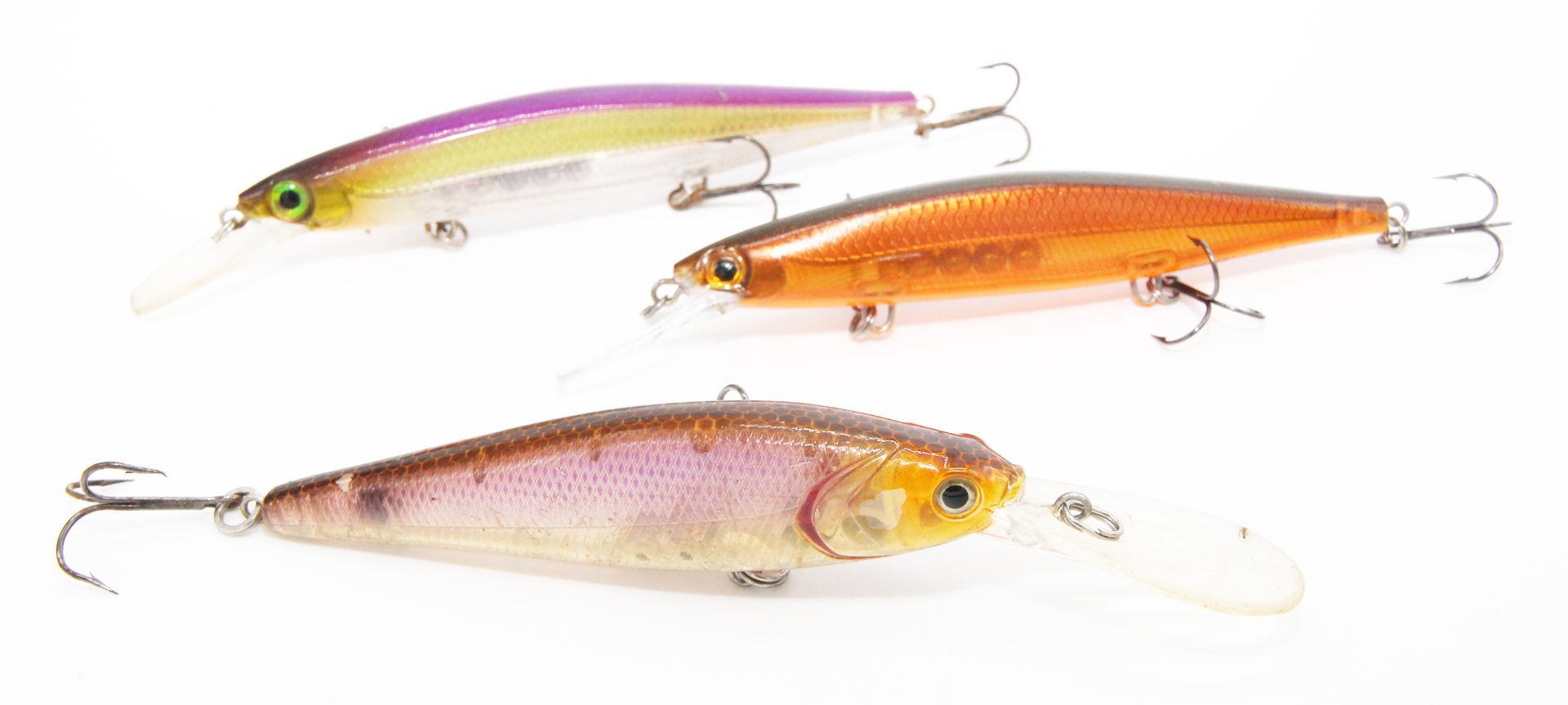
If water temperatures are still on the cold side, I am slow with my approach. Instead of working shallow running baits with a wide wobble, I favor deep divers like the size-11 Shadow Rap Deep. They are irresistible on a long pause in cold water, and will slowly sink deeper. Instead of jerking, give them more subtle pulls to achieve depth. I’ll wait patiently in between pulls if necessary, upwards of 30 seconds. Rip downward to push it deeper.
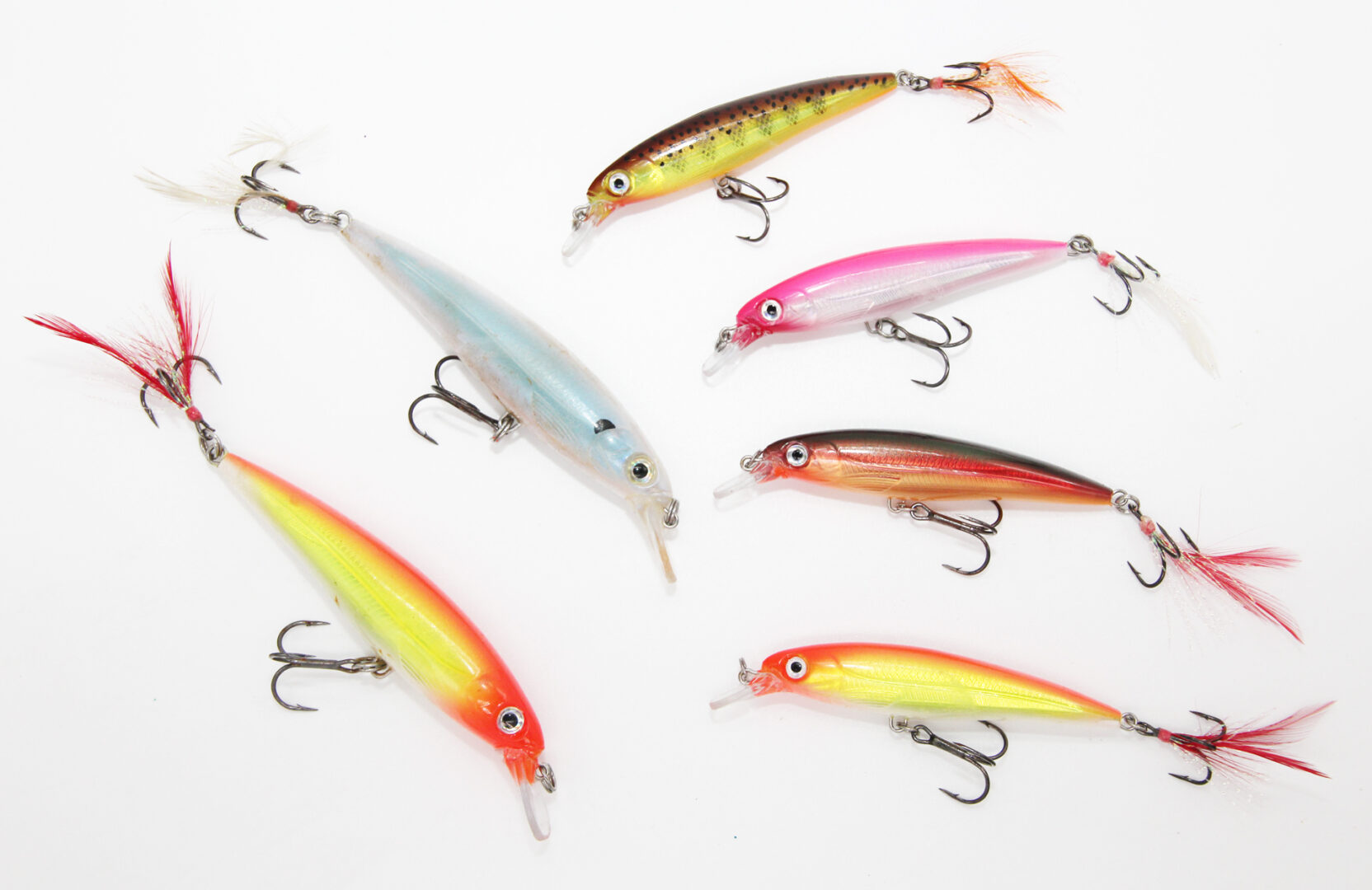
When smallmouths progress shallower, revert back to Husky Jerks, size-8 and 10 X-Raps, Dynamic Lures J-Specs, and Lucky-Craft Pointers. These suspending jerkbaits are the top strategy for my boat in shallower water, used both as search lures and our fish catchers.
I fish my suspending jerks on spinning rods such as St. Croix 7-foot MHF Avid-X (AVS70MHF) and 6-foot 8-inch Victory Tactical (VTS68MXF), and casting rod that includes a 6-foot 8-inch Victory The Jerk (VTC68MXF). The flex and sensitivity of these new Victory rods are in a league of their own. For spinning reels, I recommend a size-30 model with oversize spool to help achieve long casts. I still fish with straight 8 to 10 lb. copolymer lines. On the baitcaster meanwhile, 10 lb. and 12 lb. Seaguar Red Label fluorocarbon is the ideal choice.
During spring, smallmouths are prone to move back and forth between shallower or deeper water if necessary – whether to evade pressure or in reaction to fronts and water temperature fluctuations. Therefore, it is important to make adjustments along the way in terms of boat positioning and casting angles. I’ve had some of my best and most epic days of jerkbait fishing while playing the wind and seeking the warmest waters of the system. However, if fish are showing signs of aggression then they can be caught in nearly all conditions.


